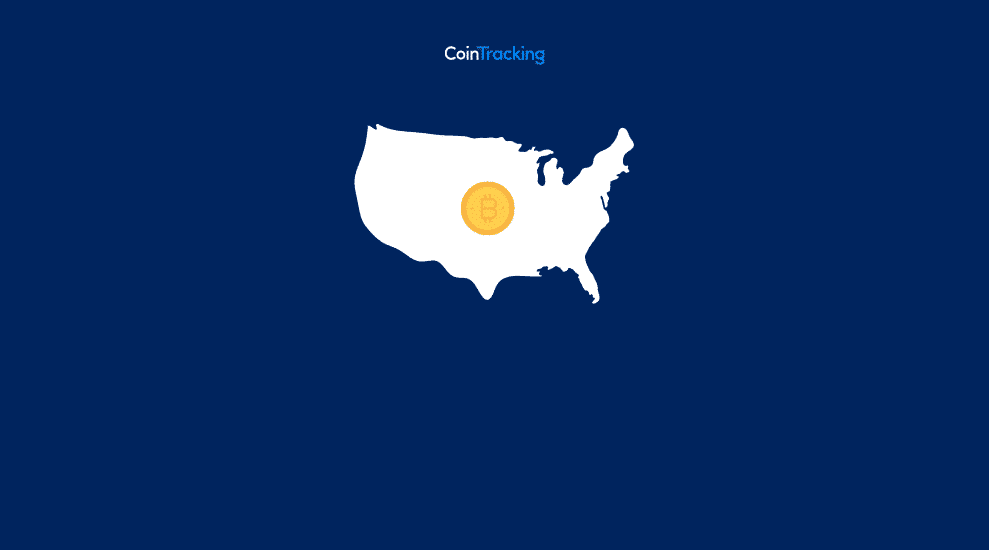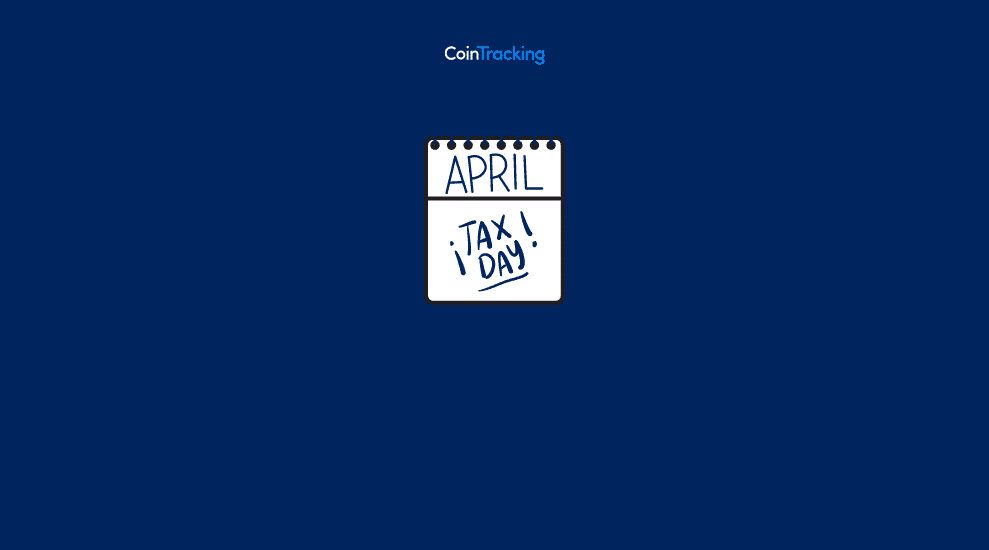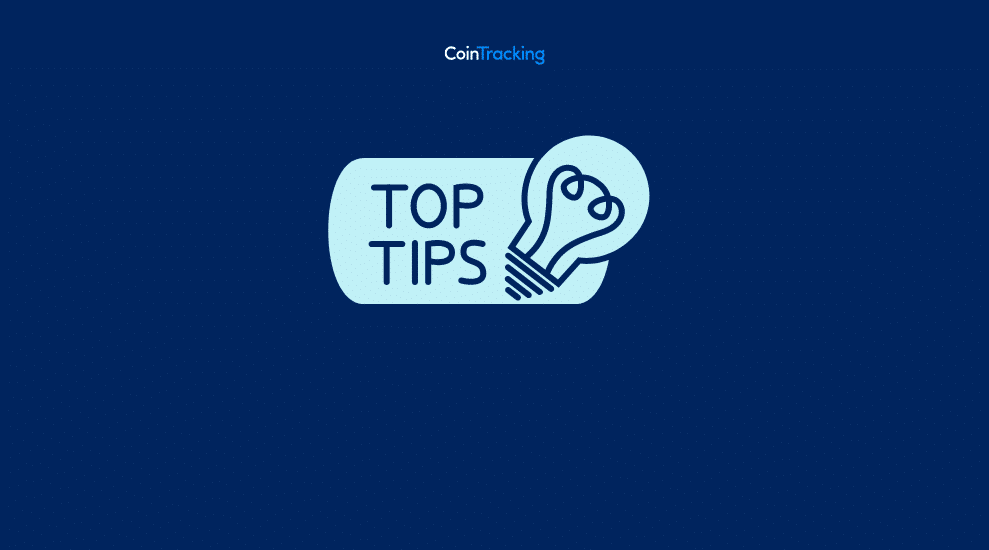How are rebase token protocols taxed?
28 Mar, 2023 · 5 min read
Rebase token ecosystems like OlympusDAO are emerging, offering outstanding rewards, but how are they taxed?
OlympusDAO is the pioneer of this new approach to liquidity in DeFi protocols, with many forks coming out daily, offering high rewards for early investors.
With rebase token protocols, you can stake the platform’s native token and earn gigantic APYs while receiving rewards roughly every 8 hours. So, do you have to pay taxes on each reward? Let’s
What are rebase token protocols?
OlympusDAO emerged with a novel approach for protocols to actually own their liquidity, guaranteeing the sustainability of projects and not falling victims of traders pulling out funds right after joining newly issued protocols.
In DeFi, traders search for protocols offering high APY for staking but rapidly take out their initial liquidity to chase other opportunities, leading to more people doing the same and the consequent devaluation of the protocol’s token and rewards.
New protocols like OlympusDAO issue their token, similarly to a stablecoin, but they are backed by liquidity tokens or other assets instead of USD, becoming much more valuable than $1/coin. Rebase tokens are backed by valuable assets, allowing them to offer very high staking rewards to investors.
Each time you stake on one of these new protocols, coined as DeFi 2.0, you’ll usually have to wait 24 hours (3 epochs) to claim your rewards, as this is one of the measures by the protocols to ensure sustainable levels of liquidity are locked.
Why are rebase tokens becoming so popular?
The innovative approach to liquidity and the very high rewards for stakers are attracting investors to join these new rebase protocols. After OlympusDAO emerged, new protocols are coming out of the gate on different networks (e.g., Ethereum, Avalanche, Fantom, Arbitrum).
With newly launched DAOs, investors can gain up to 300% in staking rewards in just five days, even though these APYs constantly change and usually come down in the following days. In either case, if these protocols prove to be sustainable, they can generate high rewards for long-term stakers, becoming an interesting option for investors.
Let’s explore how you should report your taxes from rebase token protocols.
Do you pay taxes when purchasing rebase protocols’ tokens?
Yes. You need to report your trades and gains when converting a stablecoin or another cryptocurrency to a rebase protocol token.
Depending on the network the protocols run on, you’ll have several options to buy them, but stablecoins are the most popular options. Let’s take OlympusDAO as an example. You can buy OHM – OlympusDAO’s native token – on SushiSwap or Uniswap with DAI, a popular stablecoin. If you already have DAI and purchase OHM, you’ll have a taxable event because you’re selling your previously owned DAI for another cryptocurrency. Since DAI is a stablecoin and its price has marginal changes, you’ll probably end up with a zero or close to zero gain/loss, but you still need to report that trade.
Let’s imagine that you are using a protocol that runs on Avalanche, and you want to trade some of your AVAX for the protocol’s token. Let’s imagine you buy $CROWN from MidasDAO.
In July 2021, you bought 100 AVAX at 10$ each. In January 2022, one AVAX was $110. You want to sell 10 AVAX to buy $CROWN (valued at $27/each). Your cost basis for that 10 AVAX was $100, and now, your sales proceeds from the sale will be $1100. That conversion (sale) will happen once you buy $CROWN tokens with AVAX. In this case, you’ll have a gain of $1000, and you’ll likely pay short-term capital gains taxes on that. Your cost basis for $CROWN will now be $1100 (you bought $1100/$27 CROWN tokens).
Do you pay taxes for staking on rebase protocols like OlympusDAO?
In short, yes. You’ll have to recognize ordinary income, based on the Fair Market Value (in USD), of each of the staking rewards you receive from rebase protocols like OlympusDAO.
This is trickier in practice as rebase protocols give you staking rewards, based on their APY roughly every 8 hours. Moreover, the underlying token shifts in price, which means your Fair Market Value (in USD) for each batch of staking rewards that you receive is different.
Even if you stake your OHM for only five days, you’ll have 15 batches of staking rewards, all with different FMVs, which will become very hard to track without the help of a crypto tax software like CoinTracking. You can paste your ETH address, the one you used to stake OHM, and reconcile all the staking rewards you received.
Do I have to pay capital gains taxes if I later sell my rebase staking rewards?
Yes. If you later sell the rebase tokens you staked and your staking rewards for USD or another cryptocurrency, you’ll have to report your capital gain/loss on each trade.
The importance of tracking the FMV of your staking rewards comes from the obligation to recognize it as ordinary income as well as to establish a cost basis for each batch. If you later sell these staking rewards, you’ll need to know those cost basis to determine the gain/loss on the trade.
Can you claim a capital loss if you get a rug pull from a rebase protocol?
Maybe. If you stake on a DAO and it gets a rug pull, where the underlying token value essentially goes to zero, you may be able to claim a capital loss.
Let’s look at an example:
Let’s say you staked 50 tokens AX on AXDAO, worth $1000 (each token AX is worth $20). Since AXDAO offers a crazy APY, you’ll receive 2% each rebase (every 8 hours). Let’s imagine that you only stake during three epochs (24 hours). For simplicity purposes, let’s assume that token AX is worth $20 during that period (not realistic since these tokens have great fluctuation on prices, but just for illustration purposes).
In this case, you’ll receive $20 worth of token AX every 8 hours (or one token AX). After 24 hours, you’ll have gained $60 worth of token AX. That’s the Fair Market Value (in USD) of your staking rewards.
Shortly after, the founders of AXDAO rug pull and token AX goes to $0, and you haven’t sold your tokens. Now, what are your tax obligations, and can you claim a loss?
First, whether it is fair or not, you’ll have to recognize the staking rewards as ordinary income at the time you receive them. So, you’ll have $60 to recognize as ordinary income.
Since you cannot sell your tokens A and they’re worth nothing, you might be able to claim a capital loss. However, this only gives you an offset on capital gains (and up to $3,000 of net capital loss deduction for the tax year). If you have other crypto trades where you have a capital gain, you may be able to offset those, but you’ll still have to report the ordinary income from the staking rewards.
Find out more about if you can claim a capital loss from rug pulls.
How to report taxes on rebase protocols?
To keep track of all your rewards from rebase protocols, you’ll need a crypto tax software like CoinTracking to import your trades, determine their cost basis, recognize income, determine capital gains and report your taxes.
If you’re using rebase protocols, there are a few taxable events you should consider:
- Selling crypto to buy rebase tokens: Capital gains taxes
- Receiving staking rewards from rebasing protocols: Income taxes
- Receiving interest from staking bonds: Income taxes
- Selling rebase tokens at a profit after the bonding vest period ends: Capital gains taxes
The topic of taxes on rebase protocols is very new, and we advise you to search for professional help on your particular situation.
Share this









